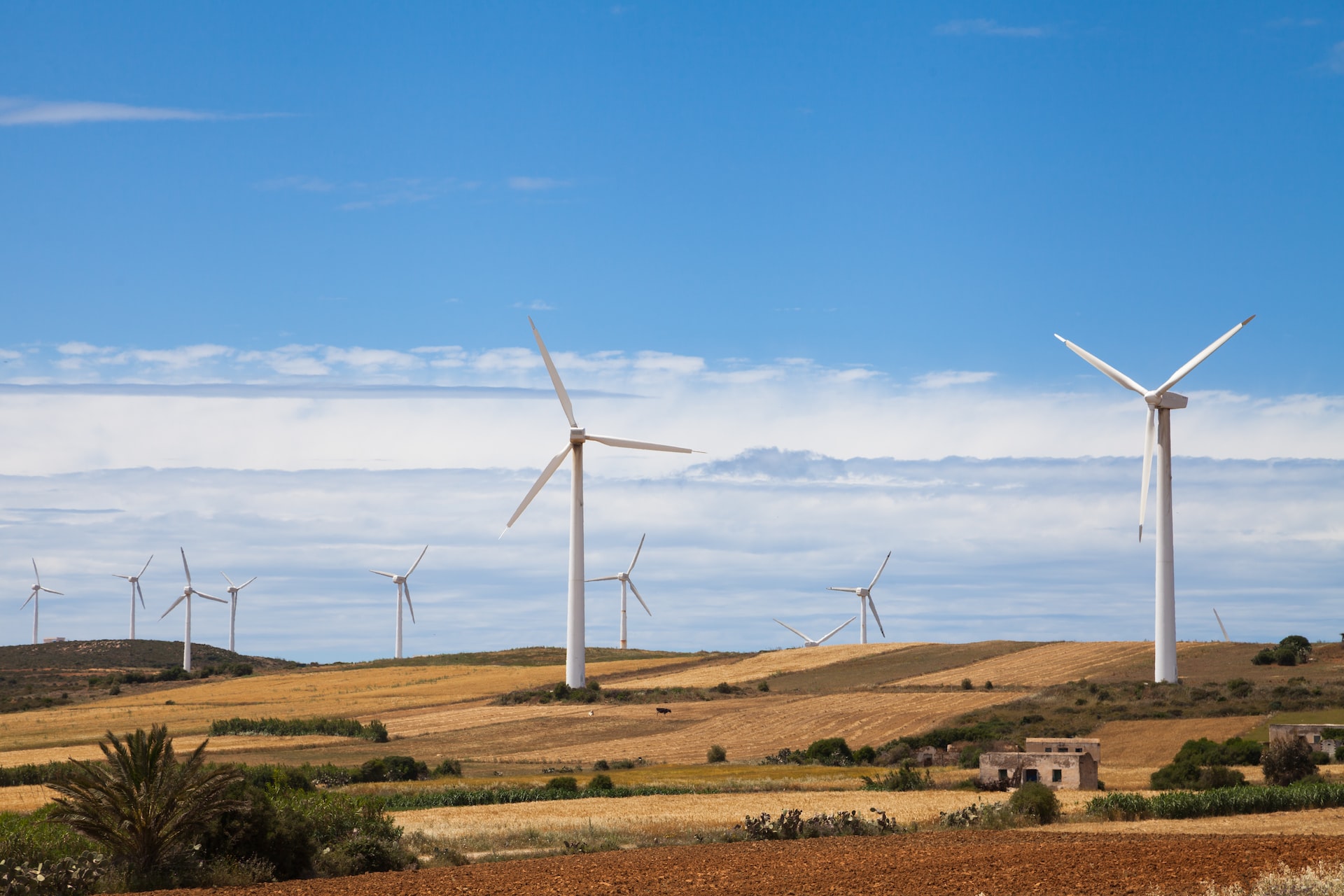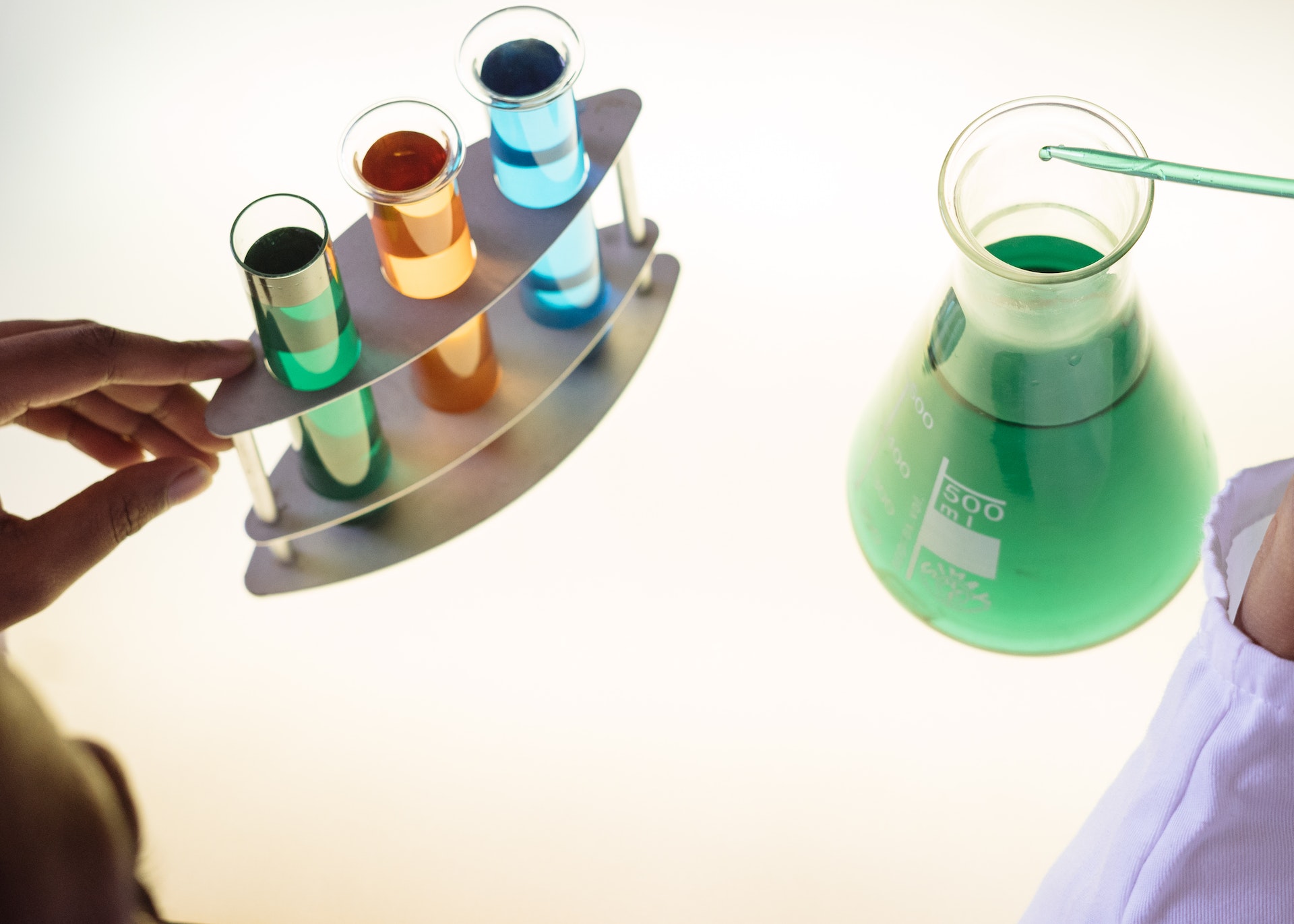Scroll down to see these clear, simple mitigation breakthrough goals defined for ~30 major sectors in the economy
What is a breakthrough? The Breakthrough Agenda – a political processA “breakthrough” is a moment that marks a significant advance in the transformation of an economic sector or natural system. A breakthrough can represent a critical new level of infrastructure or technology deployment, reduction in production cost, improved health of a natural ecosystem, or a shift in societal norms. Achieving a breakthrough is only possible when actors converge on a common set of clear, simple goals.
About the BreakthroughsA Political Process
Meeting the goals of the Paris Agreement requires a massive acceleration of low carbon transitions throughout the global economy. This is a huge opportunity – to create jobs, to expand access to affordable clean energy, and to cut pollution that is damaging to health. It is also an awesome challenge.
International collaboration can help us meet this challenge. It can make low carbon transitions faster, less difficult, lower cost, and greater gain.
In each country, progress in transitions is driven by the ambition loop: government, business and civil society each support each other to go further and faster. International collaboration amplifies the ambition loop, by enabling faster innovation, stronger incentives for investment, larger economies of scale, and level playing fields where they are needed.
The Breakthrough Agenda is an international effort to make clean technologies and sustainable solutions the most affordable, accessible and attractive option in each emitting sector globally before the end of this decade. It involves:
- A commitment by over forty countries to work together in each emitting sector to accelerate the development and deployment of clean technologies and sustainable solutions, ensuring they are affordable and accessible for all.
- The agreement of goals in the form of positive tipping points, where clean technologies and sustainable solutions become the preferred options in national and global markets, to serve as the focus for these collaborative efforts.
- A process to continually strengthen international collaboration over time, by critically assessing current initiatives and identifying the greatest opportunities for additional efforts to accelerate progress.
FURTHER READING
Discover more about our actions and initiatives, and other ways shipping is racing to net zero
A sea-change in shipping?
Seaborne freight is one of the more challenging sectors to decarbonize, but ambition is accelerating in the race to achieve net-zero emissions by 2050.
READ MORE5% zero-emissions fuels target in shipping by 2030 “could well be exceeded”
The scale of emissions-related innovation is welcome but the pace must not be allowed to slow if global shipping is to achieve a 5% zero-emission fuel target by 2030, argue Climate Champion Katharine Palmer and Global Maritime Forum CEO, Johannah Christensen.
READ MOREGetting to 5%: An action plan for delivering zero-emission fuels in shipping
A master plan to achieve 5% zero-emission fuels in shipping by 2030 will help guide decisions, actions, and allow us to monitor the progress of the sector’s Race to Zero.
READ MOREGreen Corridors: Why they’re key to shipping’s Race to Zero
Green corridors have been likened to special economic zones at sea — arenas where companies deploy new technologies and business models at full scale, interacting with each other and with regulations and incentives tailored to their efforts.
READ MORE
















